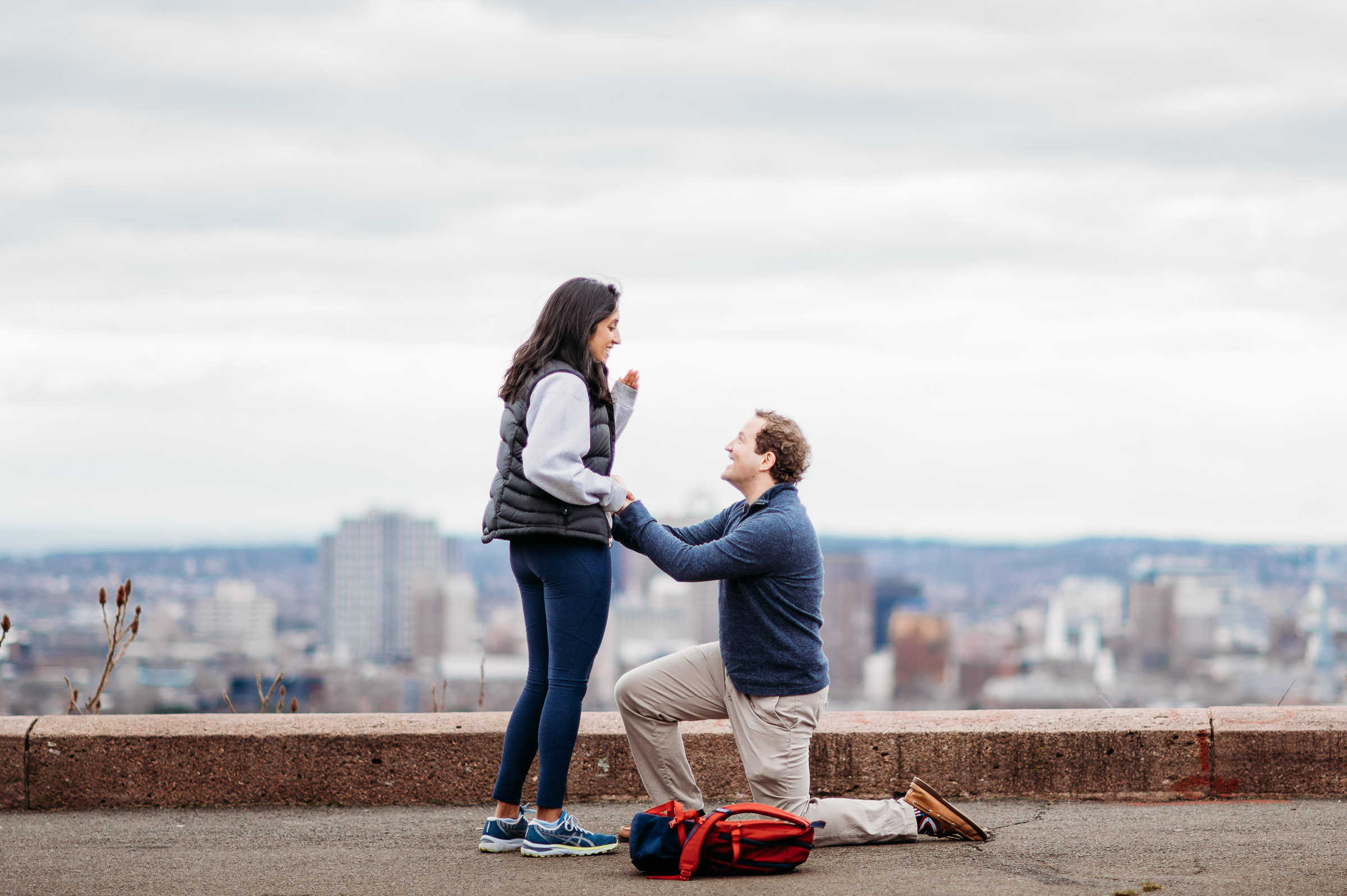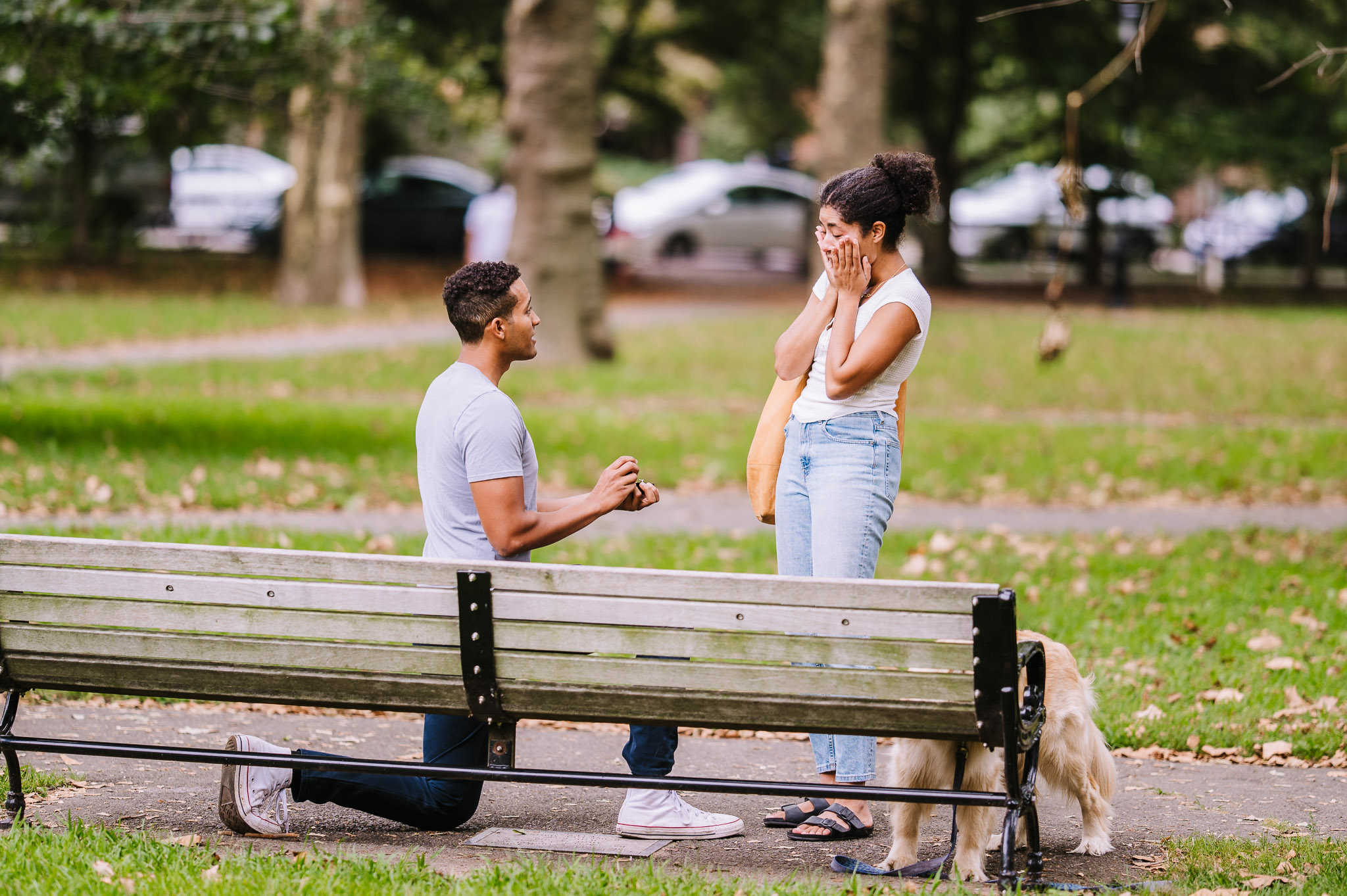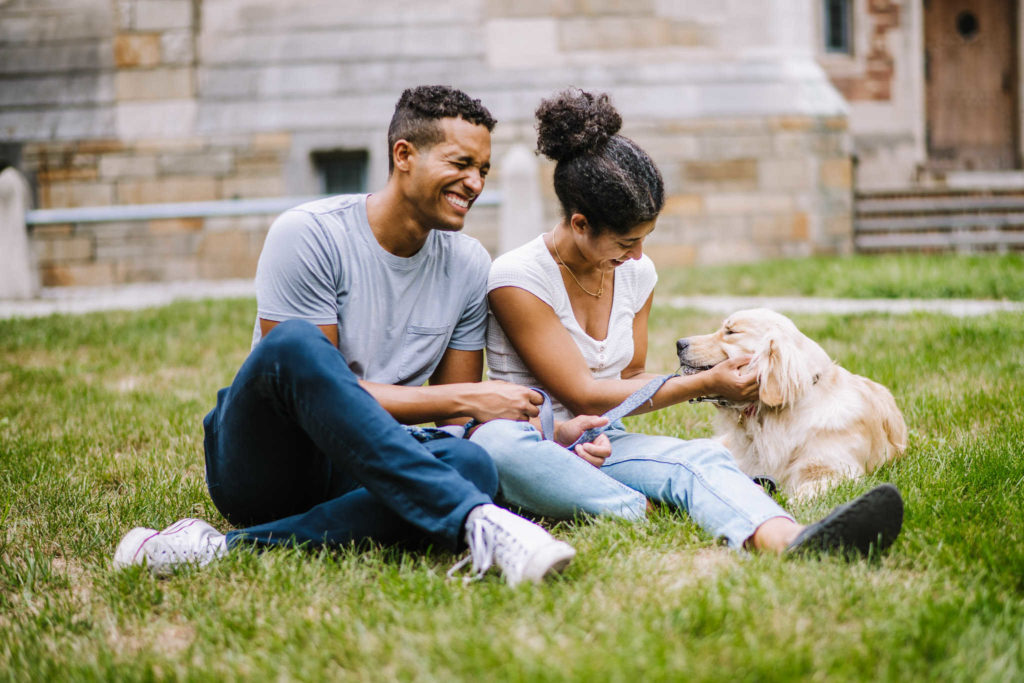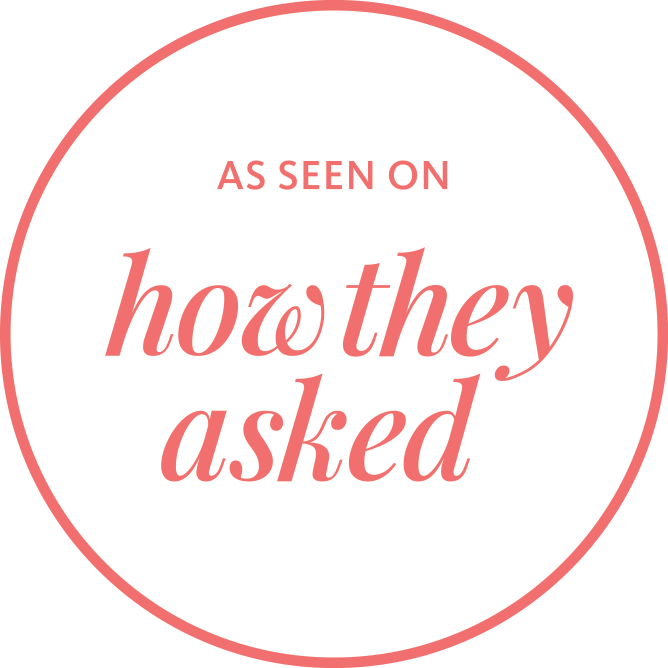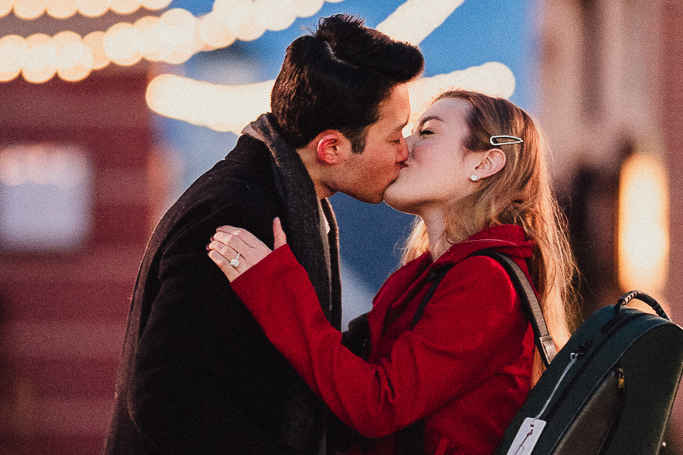Taking Your Own Proposal Pictures
So you’re ready to pop the question, you’ve planned your proposal to a T, and now you’re considering how to capture the actual moment. Maybe you’re an extreme DIY’er or there isn’t enough time to hire a photographer to help you, but you find yourself considering taking your proposal photos yourself.
Yes, taking your own marriage proposal photos is completely doable; I’ve done it myself! Read on and I’ll tell you how I did it, ripe with details on how you can photograph your own proposal using a smartphone or camera.
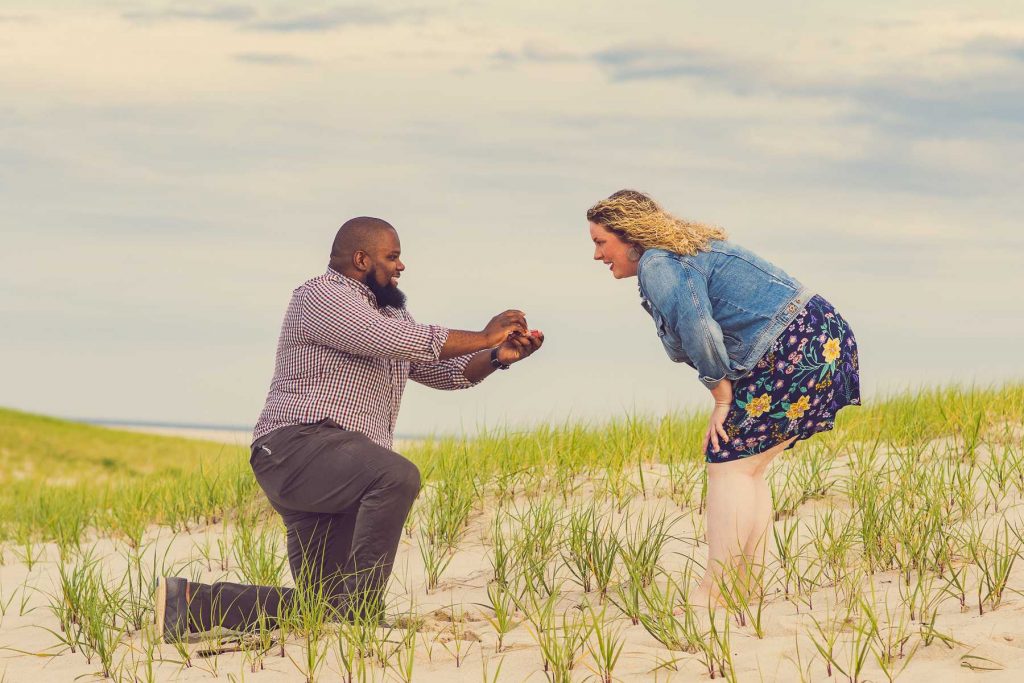
A Summary of How to Photograph Your Own Proposal
Here are the basic steps for how to capture your proposal by yourself:
- Make a plan
You can’t take pictures of a proposal…if there’s no proposal to take pictures of. Start by planning your proposal first..
- Get an advanced camera app or an actual camera
The key to take any serious selfie is having an intervalometer, which is only present with actual cameras or advanced camera apps.
- Figure out how and where to place the camera
You’ll need something to hold your camera while you propose. This is where a tripod comes in.
- Practice
Practice makes perfect. In this case, setting up the camera or app before popping the question, then practicing with that setup, will help ensure success.
- Verify everything
If your camera/app supports it, it’s best to shoot in RAW image format. It’s also a great idea to ensure there’s enough storage space for the possible hundreds of photos that you’ll take while proposing. Also give some thought to how you’ll incorporate the camera.
- Make it personal and create copies
After they’ve said “yes,” edit those photos the way you’d like to and then back them up for safe keeping.
Detailed Step-by-Step: How to Take Your Own Proposal Photos
So let’s get to it. Here’s how to successfully photograph your own proposal.
1. Make a Plan
Photographing your own proposal, or taking any kind of “serious” selfie at all, is complex. Therefore, the first step is to focus on your proposal itself and finalize that plan first. My How to Propose guide has you covered. The point is, after all, to get engaged; the photos are secondary.
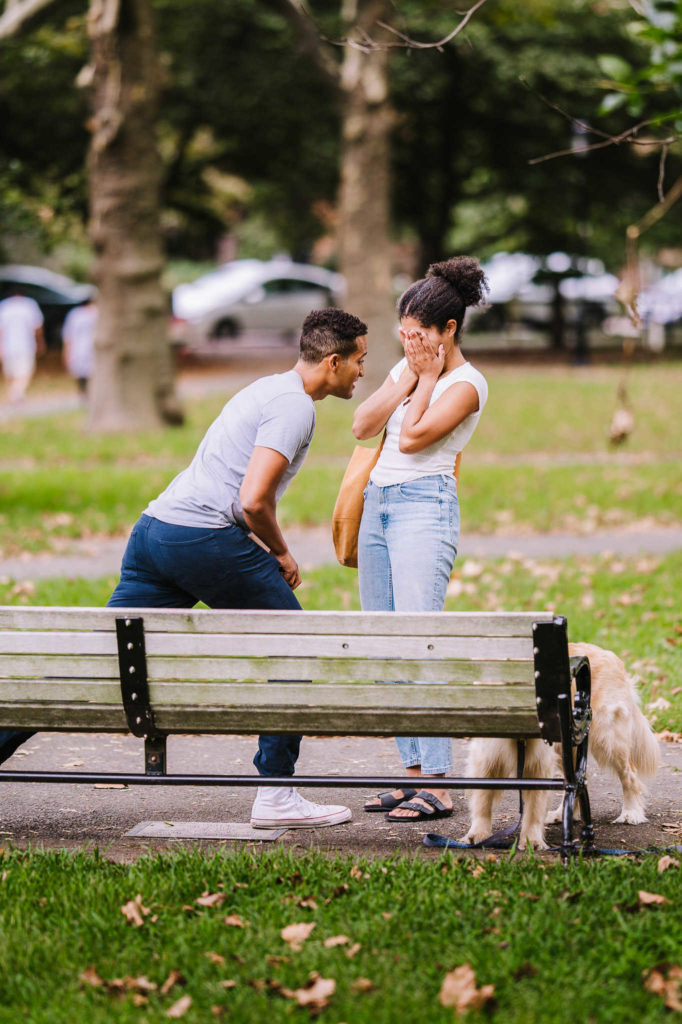
Both in planning your proposal and executing it, remember what’s important!
2. Get an Advanced Camera App
The first item you’ll need to take your own marriage proposal photo is, you guessed it, a camera. Cameras these days come in two varieties: actual cameras and smartphones (or apps on smartphones, more specifically). Regardless of what type of camera you’re going to use, it’ll need a specific feature: an intervalometer. Unfortunately, the stock iOS and Android apps don’t offer this feature. But there are solutions…
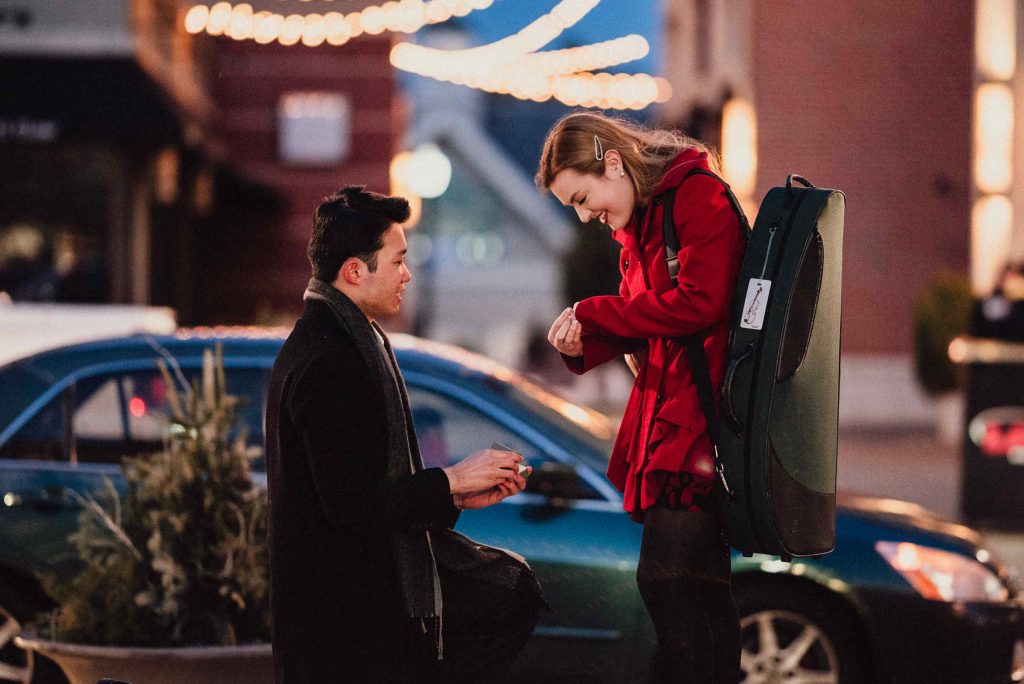
An in-ter-va-what?
By basic definition, an intervalometer is any device that operates/actuates something on a specified, fixed interval. The input from the person are the interval parameters (e.g., x operations every y minutes). The output from the device are the actual actuations, such as turning something on/off or, you guessed it, taking a picture.
An old school example of a common intervalometer is a light timer that you use with holiday lights. With the older analog-style ones, you use the little plastic tabs to specify how long (i.e. the interval) the light plugged into the timer is on for. (With these older style timers, the operation/actuation is a simple On or Off. In other words, you can’t specify the quantity of operations; it’s exactly 1 On and then 1 Off, then it repeats.)
Naturally, if you take the concept we’re discussing and apply it to digital photography, we’re then talking about an electronic device, or app feature/setting, that triggers the camera shutter x times every y seconds/minutes. By now, you can probably see why an intervalometer feature is key to taking your own proposal photos. I used a DSLR camera with an integrated intervalometer feature when I captured my own proposal.
iPhone App Recommendation: ProCamera
Despite my love for Google products, I switched over to iPhone not too long ago. So if you need a camera app to help you shoot your own proposal, check out ProCamera. This is a full-fledged camera app with tons of great features, including an easy-to-use intervalometer feature called ProTimer. Even with all of this power and these advanced features, ProCamera is only about $15.
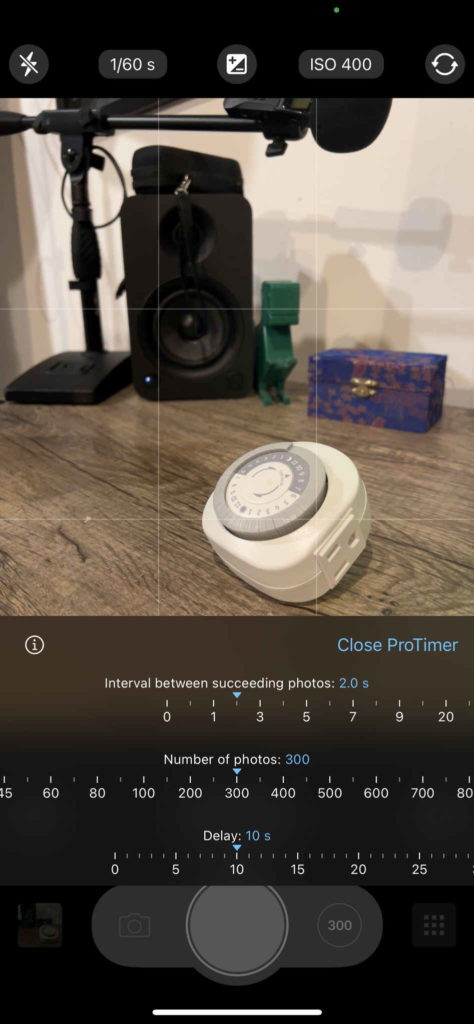
3. Determine How to Physically Set Up the Camera
Wait a second, have you read my other post, “How to Propose,” yet? If not, it would be a good idea to take a break from this one and check it out now!
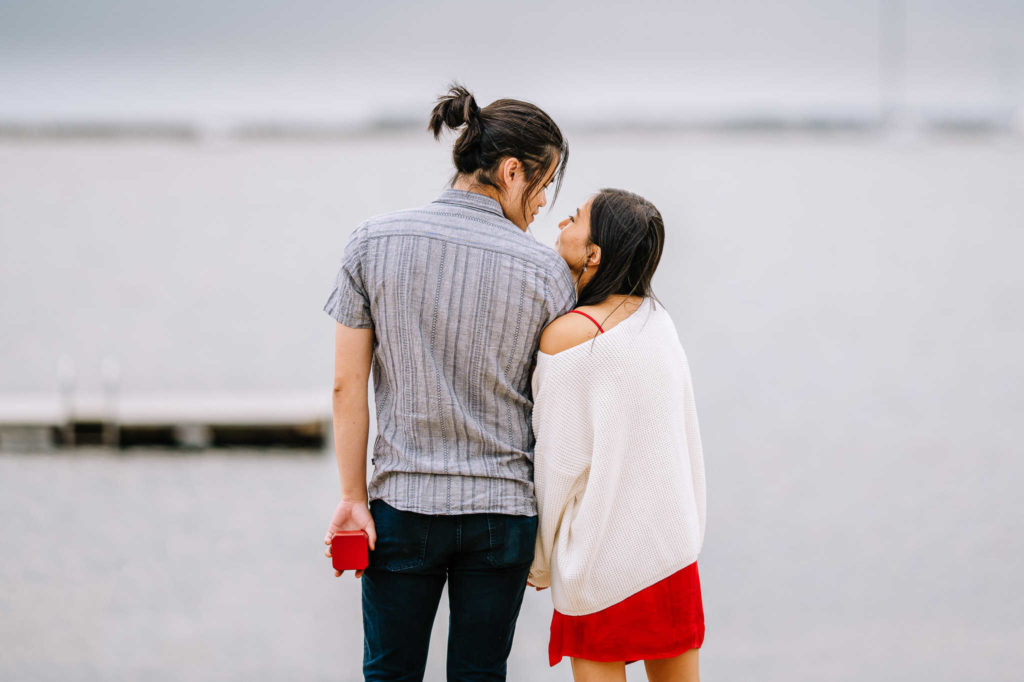
Let’s keep things simple for this part. Still photography cameras are held by one of two implements: your hands or a tripod. Obviously, you’ll want the latter on hand when taking your own proposal photos (no pun intended). The two main components of a standard tripod are the legs (there are three of them) and the head. The camera sits on the head and the legs are usually adjustable in length.
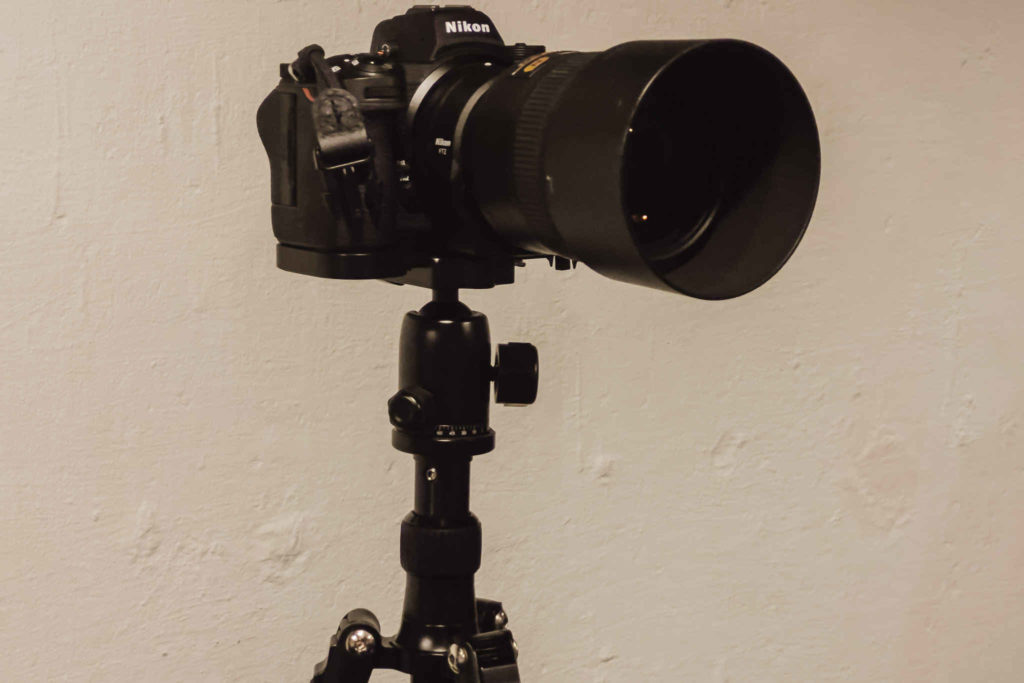
Now, the type of tripod you’ll get will depend largely on the Where component of your proposal plan. So refer to that and consider options for where to place the camera and tripod once it’s time to propose.
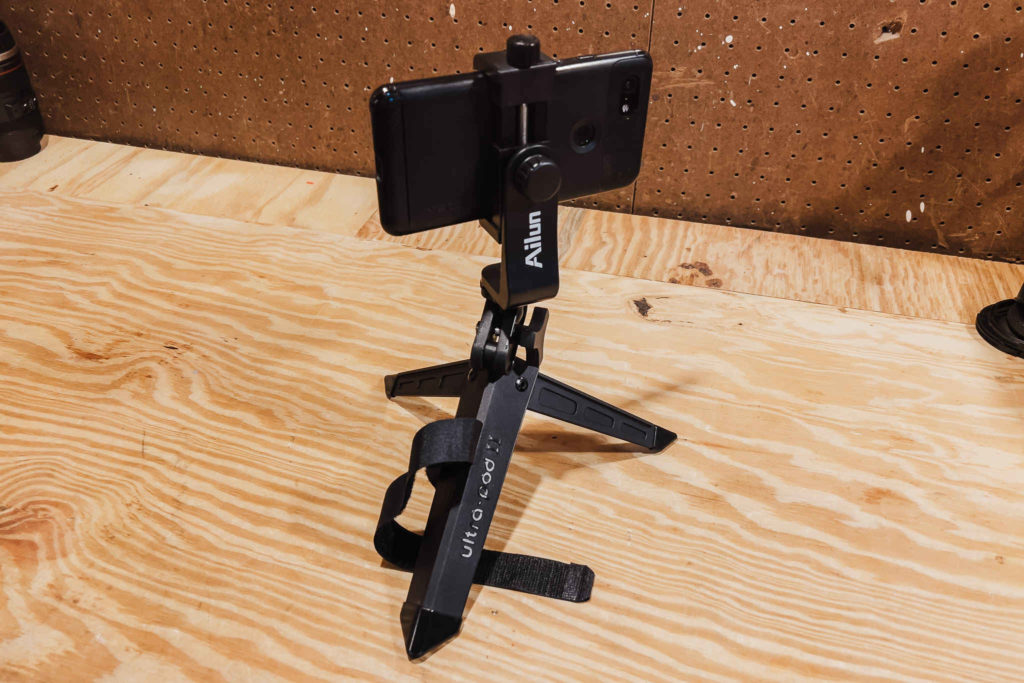
While most cameras have a threaded insert on their bottoms that is made to receive a screw from a tripod, you’ll have to get a little more creative if you’re using a smartphone to photograph your own proposal. You could get a tripod that’s specific to holding phones, with a head that’s made for that. You could also just get a standard tripod plus a bracket/mount for the phone to secure it to the tripod head.
Different types
From regular standard tripods that go up to about six feet tall, to specialty versions, there are many types of tripods. Here are two tripod types you might consider when preparing to take your own proposal photos:
- A standard tripod is a safe bet. These usually range from about six inches to six feet tall, with adjustable, straight legs. Remember to ensure compatibility between the head and your camera or smartphone (or get a phone holder to go with the tripod).
- A huggable or clamp-style tripod might be useful if you’ll be somewhere where space or concealment is an issue. These types will have either bendable/moldable legs or an actual clamp. For example, if you’re proposing in a restaurant a discreet clamping tripod would be good for attaching to a nearby table.
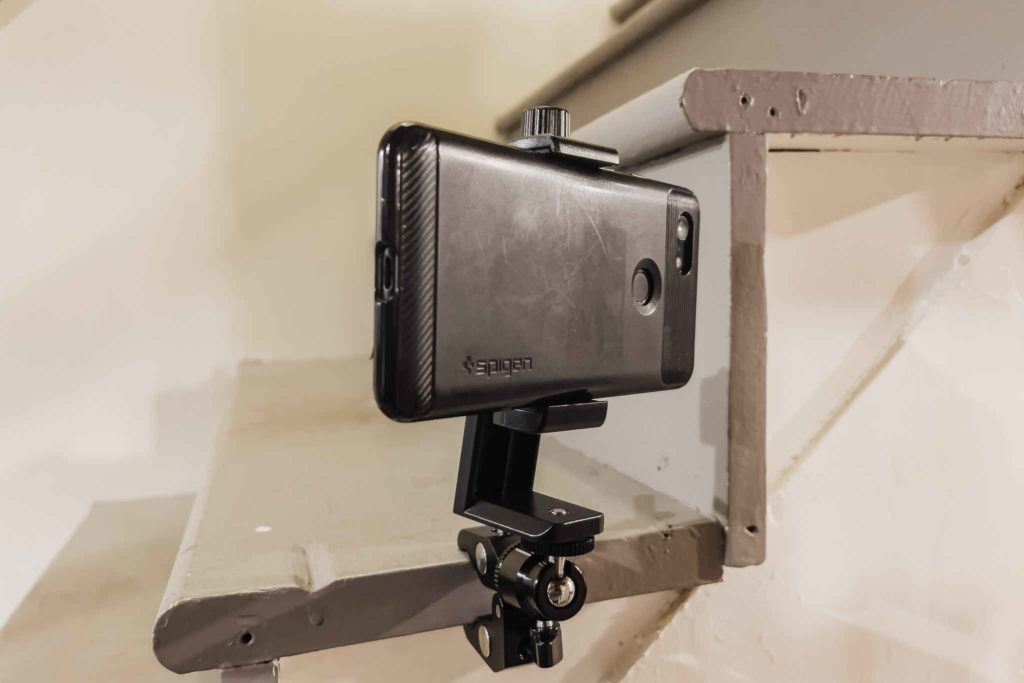
4. Practice
As I explain in my How to Propose post, it’s important to rehearse your proposal before actually going through with it. But if you’ll be photographing your proposal as well, then I consider it absolutely imperative that you practice with your camera. Keep in mind that your partner might be watching you when you actually go to execute your proposal. And if other people are around, you might be even more distracted!
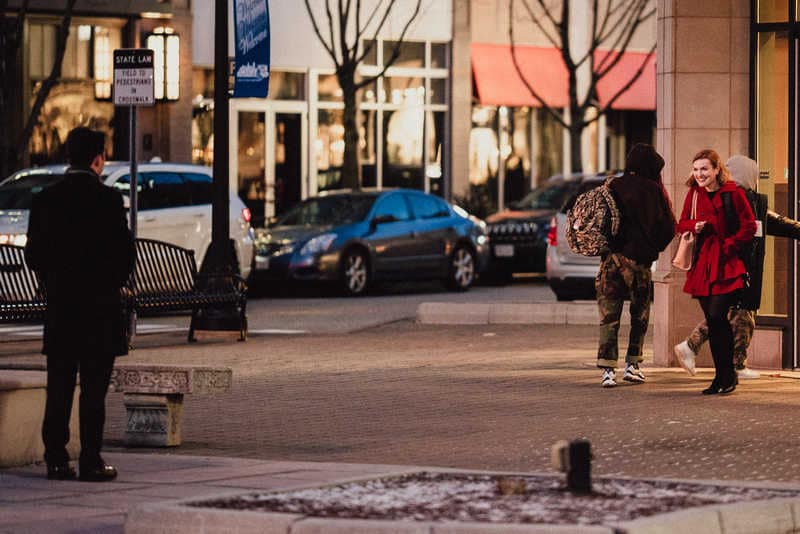
a. Place your camera on its tripod
Start by getting your camera physically set up on the tripod.
b. Decide how to set the intervalometer
We might as well start with the intervalometer, which will be the key to triggering your camera to actually take pictures. Outside of professional photographers, most people probably aren’t used to using obscure camera features like an intervalometer. If this describes you, no problem; just practice!
Setting the intervalometer to your liking is key. When I photographed my own proposal, I think I set mine to take two photos every three seconds. Admittedly, that is a little aggressive. At a minimum, I’d recommend setting your intervalometer two take at least one photo every five seconds.
How much storage space do I need to photograph my proposal?
Let’s do the math to make sure you have enough storage space!
Checking my wife’s and my iPhones, compressed (aka regular) image files range between 700 kilobytes (KB) to 971 KB. Let’s just round that up to 1 MB, which is about 1000 KB. Suppose that during your proposal, you start your intervalometer using the recommended one photo per five seconds setup from above. As an example, it took me 10 minutes when I photographed my own proposal. In this scenario, you’d have:
(1 photo / 5 sec) x (60 sec / 1 minute) = 12 photos/minute
(12 photos/minute) x 10 minutes = 120 photos
120 photos x (1 MB/photo) = 120 MB
On an iPhone, this is less than the installed size of the Amazon app. That’s not bad; you’d have even more leeway if you’re using a dedicated camera because you can just use a huge memory card. But please consider this: the interval in my example, one photo every five seconds, is a bare minimum.
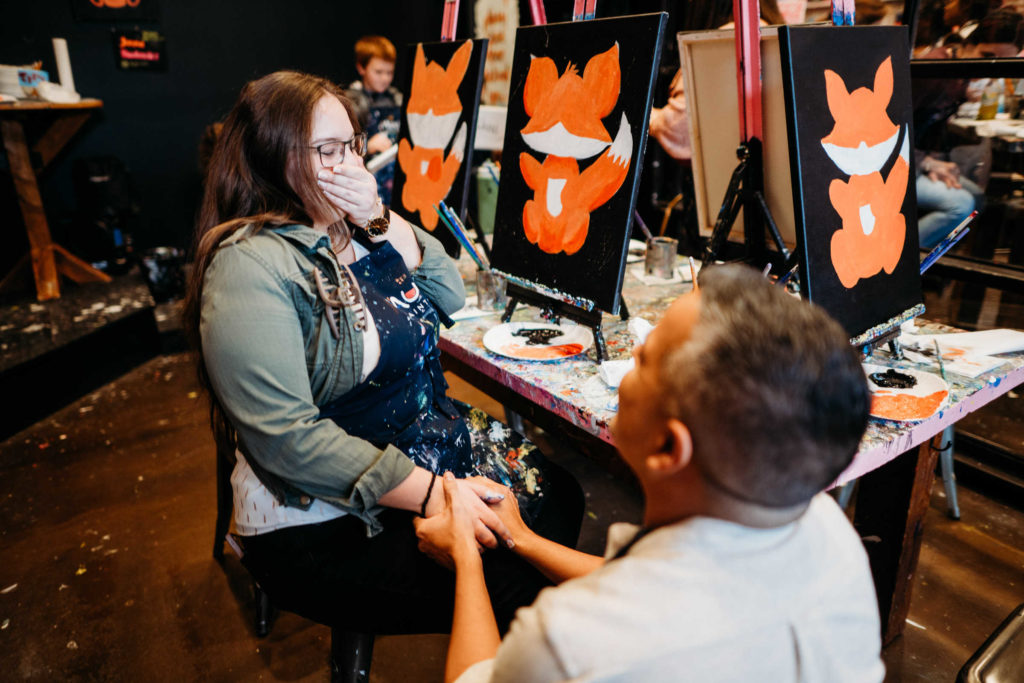
When I proposed, I set my intervalometer for one photo every two seconds. Let’s do the math for that, starting with the per-minute rate:
(1 photo / 2 sec) x (60 sec / 1 minute) = 30 photos/minute
(30 photos/minute) x 10 minutes = 300 photos
300 photos x (1 MB/photo) = 300 MB
Still not too bad! On my iPhone, this is about the installed size of the Instagram app. But in the next section, you’ll see that I recommend shooting RAW image files rather than compressed one, if your phone or camera allows it. This will require a lot more storage space.
c. Get exposure and focus modes ready
In photography, exposure has nothing to do with social media likes. Rather, it’s the concept of exposing the digital sensor (or film) to light based on adjustments of aperture, shutter speed, and ISO. Not sounding too familiar? That’s OK; just set your camera to shoot in auto exposure mode and the camera will do its best to automatically adjust its settings based on how sunny or shady the scene is. In ProCamera, this is the mode featuring an “A” in a circle.
Likewise, you’ll want to be as automatic as you can with the camera’s focus. This is a little easier with a real camera than with a phone: you could set the lens aperture to be somewhat small (higher f-stop number) in order to increase the depth of field and then place the camera in autofocus, continuous focus, or a similarly-named focus mode (or combination thereof).
Using a camera app like ProCamera, autofocus can be enabled in photo mode by tapping in the middle of the viewfinder, then the app will try its best to guess what should be in focus. I recommend starting with that as your focus plan.
d. Set the image format to RAW (if possible)
If you ever find yourself about to hire a professional photographer, make sure that they confirm for you that they regularly shoot in a RAW image format. Why? Because digital cameras, including phones, are computers which digitally represent the images they see as files. A RAW image file, then, is essentially a container holding “raw,” unprocessed image data. It’s the closest that digital cameras get to the old film negatives of analog cameras.

So, if your camera supports it, shoot in RAW (rather than JPEG, HEIC, etc.) to preserve as much image detail as possible. This will help you when editing and printing the photos later. If you’re using a phone, the iPhone Pros and Pro Maxes as well as the Pixel family support this mode (no, it’s not simply an app feature/setting). A premium app like the aforementioned ProCamera has a setting (as long as you have an iPhone Pro or Pro Max). With a standalone camera, just check your photo mode settings (if you’re using a Nikon, look for the Photo Shooting Menu).
But there’s a tradeoff, especially if you’re using a phone: RAW-format images are much larger than compressed (regular) ones. On my iPhone, for example, the RAW files tend to be about 27 MB in size. As I showed earlier, you may end up with hundreds of photos being saved to your phone (or camera memory card) over the course of the proposal. Using the math from before:
300 photos x (27 MB/photo) = 8100 MB = approx. 8.1 GB
That’s about three times the installed size of the iOS Podcasts app on my phone (and I don’t even think I have any podcasts downloaded right now). Obviously, you’ll eventually go through these photos, keep the best ones, and delete the rest. But, make sure that your phone has plenty of available storage.
5. Verify Camera Settings and Pack Up
OK, at this point, you’re getting close to the proposal day. The day before (or the morning of; whatever makes the most sense for you), you’ll want to double-check your camera settings and storage.
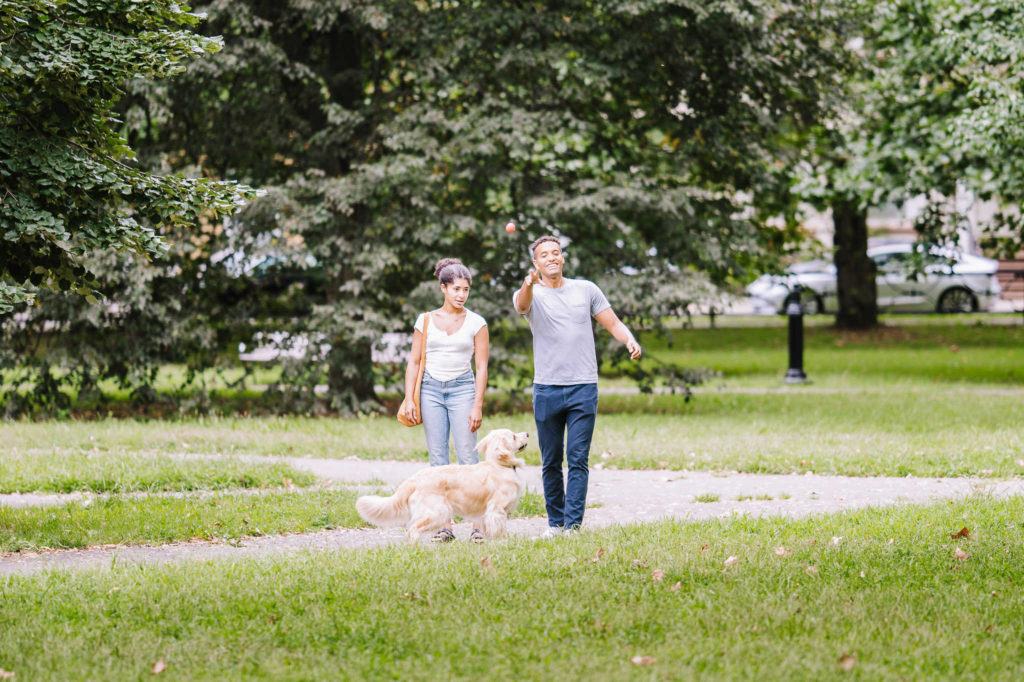
Just go with the list we established while practicing:
- Grab the tripod; you don’t want to forget this.
- Set the intervalometer.
- Double-check the exposure and focus modes.
- If possible/available, make sure the image format is RAW.
Lastly, make sure that your phone (or camera’s memory card) has ample storage space available.
Plan for introducing the camera
One more thing we should cover is how to factor the camera into your actions and script. Picture your proposal scenario and visualize at what point you’d like to take the camera and tripod out. Equally as important as your timing will be what you say while doing this. A couple of ideas for bringing the photography up somewhat naturally are:
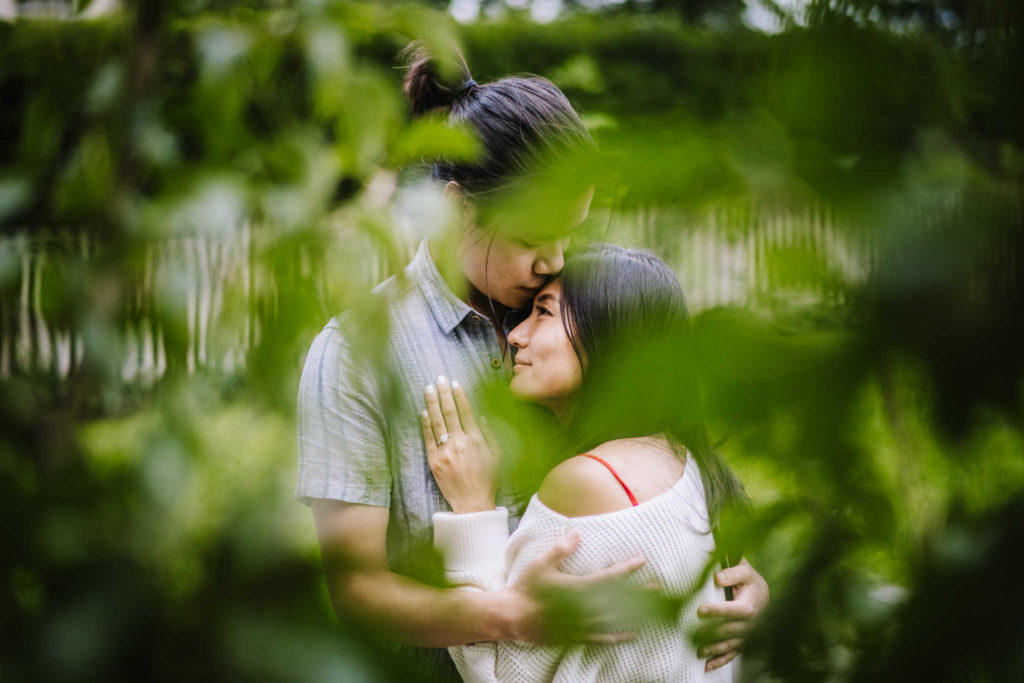
- “I was thinking we could take some nice selfies while we’re here at the beach. Give me a second and I’ll set my camera up.”
- “I’m trying to get more serious with photography, so give me a quick second to practice on us.”
My other proposal post has some more help for figuring out your proposal script. By the way, don’t be afraid to take your partner on a couple of dates first in order to practice.
6. Edit and Protect Those Photos
After all this prep and practice, it’ll be time to just do it. It will be exciting, but just remember what you’ve learned here, then finalize all of your proposal planning before asking the all-important question of your partner. Just remember this: once you’ve proposed, the job of photographing your own proposal isn’t quite over yet.

Once the deed is done, be sure to edit and back up your keepers. Both iOS Photos and Google Photos provide simple, semi-automatic solutions to both of those tasks. These two steps are easy, but are often overlooked. Practice good data hygiene and create copies!
Now before you go, read on for what it was like when I photographed my own proposal. First though, here’s another take…
Maybe it’s best to hire a proposal photographer…
There’s only one chance to capture your proposal right, so consider hiring a proposal photographer instead.
My name’s Terrence and if you’re in Connecticut (or nearby), I can help you! Just send me an email and let’s talk it over.
How I Took My Own Marriage Proposal Photos
When we were dating, my now-wife and I enjoyed taking New England road-trips when we could. In 2018, we decided to take a trip to Cape Cod early that the spring, before the busy season started. We settled on Chatham and booked our stay at the lovely Chatham Motel. We planned our trip to be off season and it worked out; there was none of the nightmare Cape traffic I’d heard about. Also, most of the time, things were pretty calm.
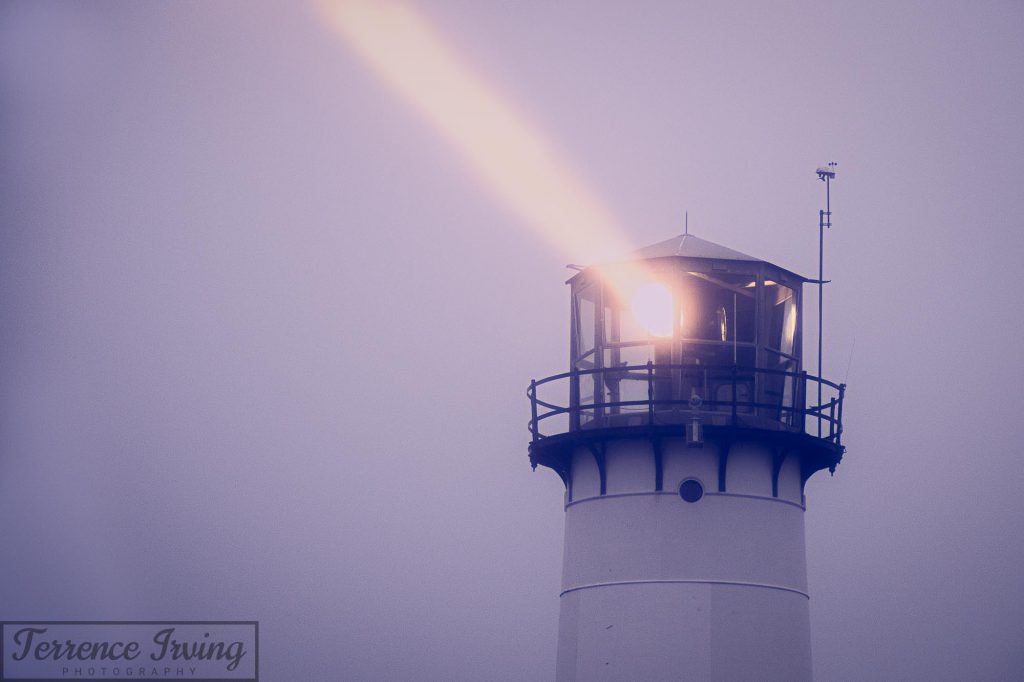
It was Saturday, June 2, 2018 and we had just spent the day exploring Chatham and Provincetown. We headed back to the motel in the late afternoon to plan our night. I proposed that we make dinner reservations and head down to the beach, just below Chatham Lighthouse, for some nice photos of ourselves before eating. Luckily for me, being on vacation gives me a good excuse to have a camera with me constantly. So, I know she didn’t suspect a thing when I suggested that we take some selfies of us with my “real” camera.
The Beach: Setting up the Camera
Once we arrived at the beach, I took a few test shots of MaryKate to get things going.

After a few minutes, I set things up to try and capture our own marriage proposal photo. So, what was the key? A few people asked me on Facebook how I did this. There were actually three key tools involved, all of which I discussed earlier in this post:
- A tripod. Before I was shooting weddings and engagement sessions at a high rate, I was focused on landscapes. A tripod was usually with me.
- An intervalometer. Fortunately, the camera I had with me for our proposal had a built-in intervalometer.
- Creativity. Look, I’m not trying to pat myself on the back or toot my own horn. But without creativity, this wouldn’t have worked at all. Planning helped!
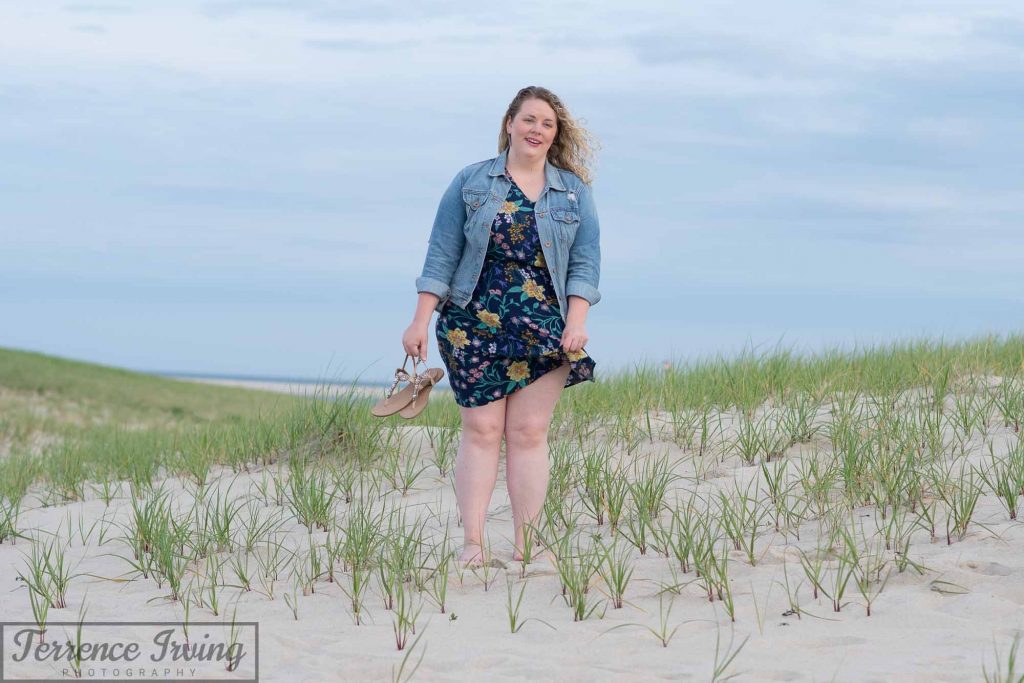
The Build-up: Working Up to the Marriage Proposal Photo
Once the camera was set up, I was probably shaking quite a bit. So, I started cracking some jokes to keep things light. Then I made way over to join MaryKate in frame.
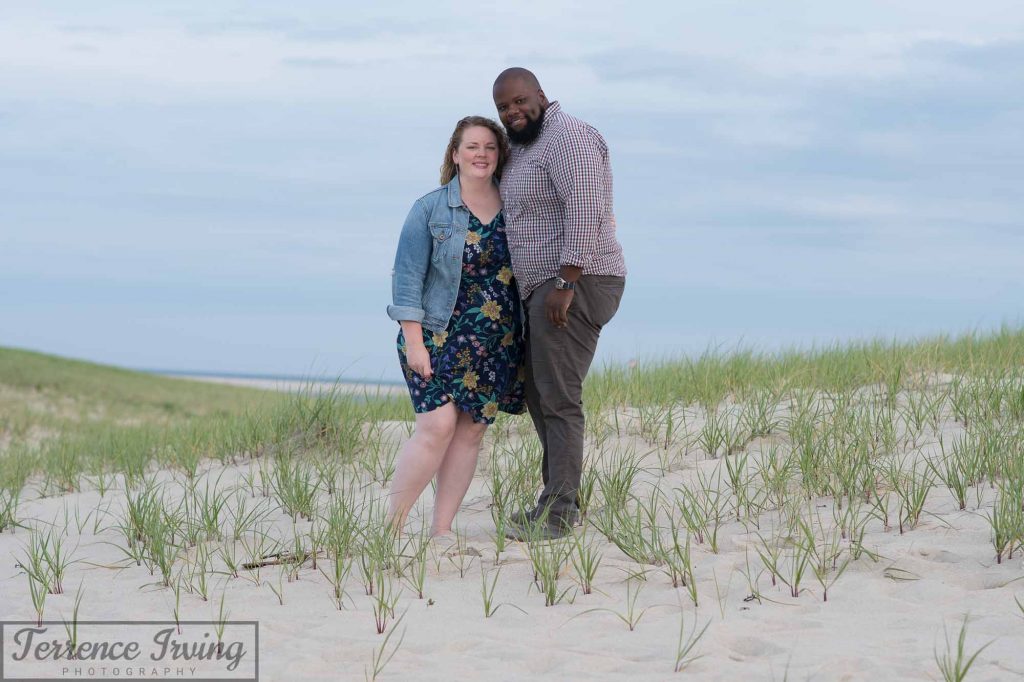
I was too nervous to remember that MaryKate’s got a “side.” No problem, she reminded me and we switched. You can probably guess that this part wasn’t part of my proposal script.
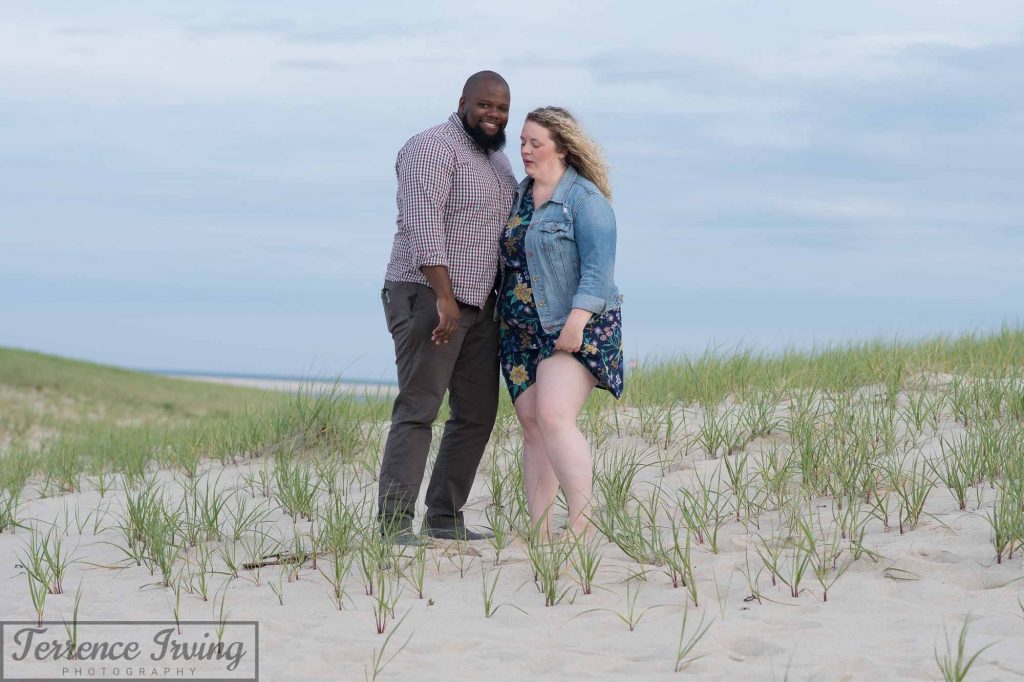
Now, you might be wondering where the ring was. Look closely at my right pant pocket; it’s a little too square for a normal pair of pants.
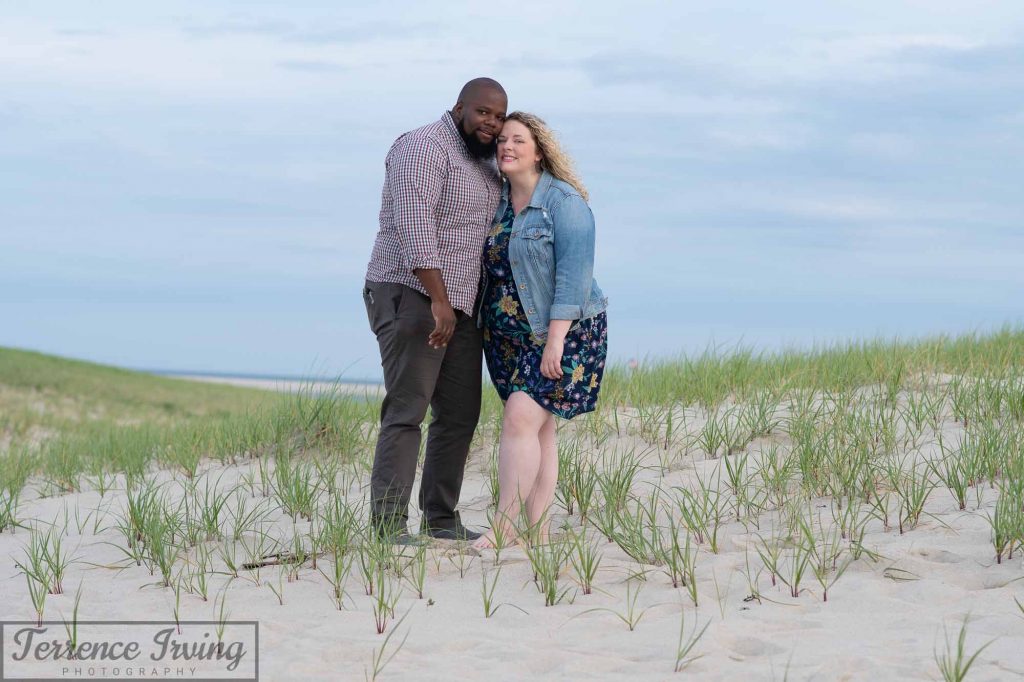
Game Time: Starting the Script
Well, it was time to do this. With the camera still firing away, I started to get into position…
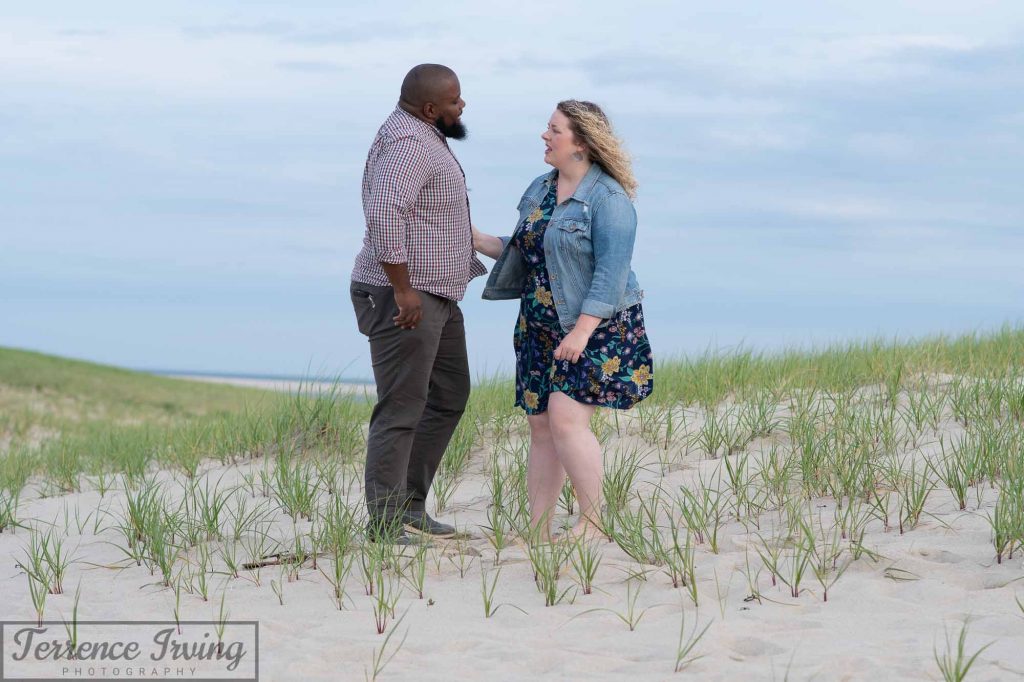
Now, remember that the wind is whipping away at us, meanwhile there were a few other people present on the beach that night. The point is that I THOUGHT the camera was still taking pictures, but it was a little hard to hear the telltale “snap” of the shutter. It wasn’t exactly appropriate or feasible to say, “hold on a second, I’ll be right back.” Like I mentioned earlier, the photos were secondary to the actual proposal moment itself. The show had to go on!
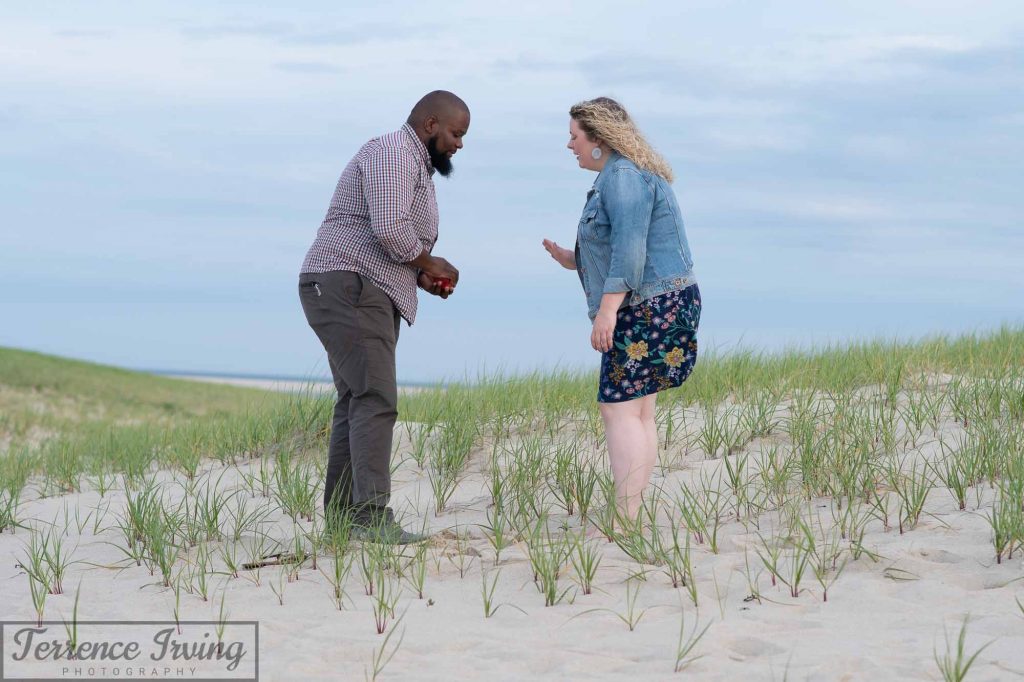
And finally, the moment had come. If you’ve followed my photography at all, then this one should look familiar to you!
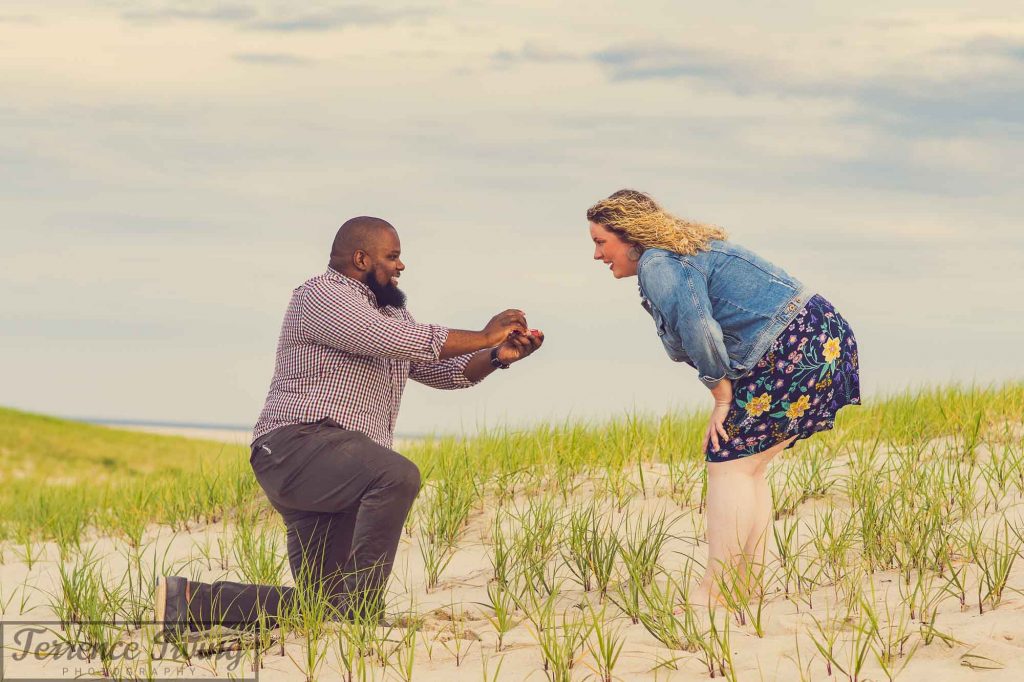
When I edited it, I really wanted to accentuate what I saw that day, which was a gentle blue sky, bright green grass shoots, and the look on my fiancé’s face as she looked at the ring!
The Aftermath: Proof of Concept
Just to prove that this wasn’t a big setup, here’s a couple of photos of what happened next:
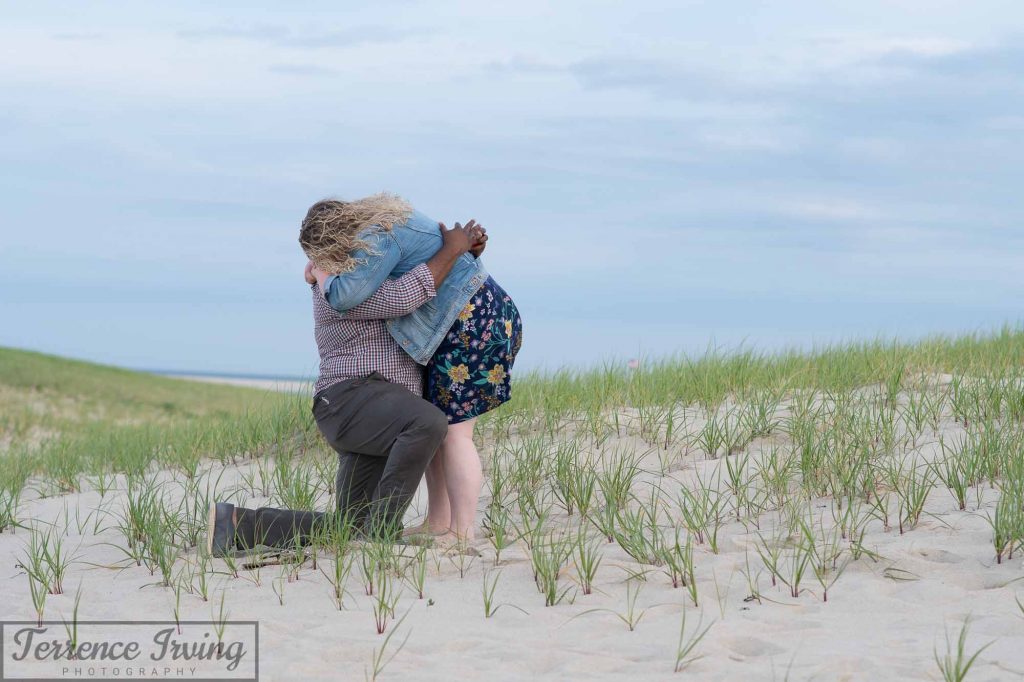
She said, “Yes!” Can you imagine how awkward dinner would have been if she didn’t?
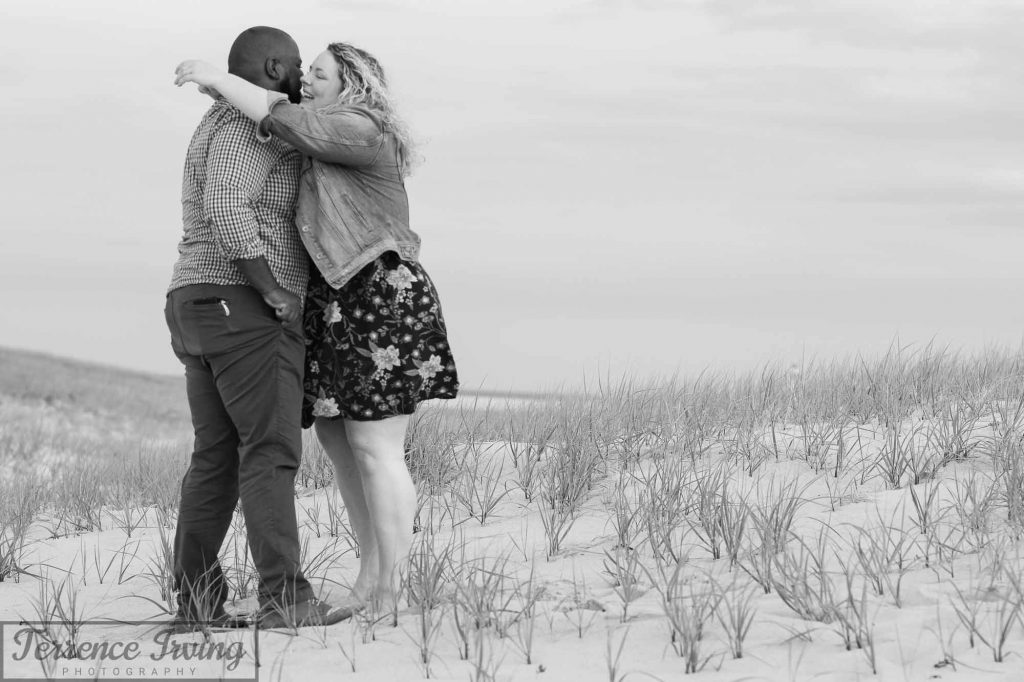
And I’ll leave you with this, which is hanging on our living room wall (remember to print your photos):
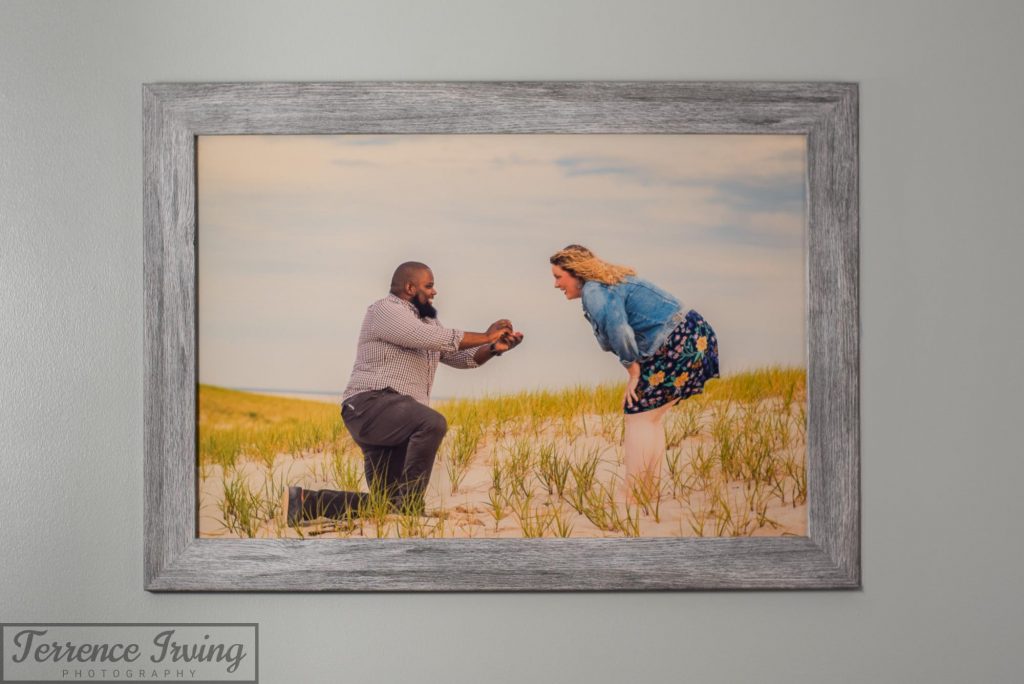
Citations
I used the following references at different points in this post:
- “Intervalometer,” Merriam-Webster
- “When to use raw vs. JPEG,” Adobe
- “DSLR Camera Basics,” Nikon
- “What is F-Stop and How Does it Work?” Spencer Cox, Photography Life
Do you need a proposal or wedding photographer?
After reading this guide, maybe you’ve decided that you’d rather hire a pro, or maybe you’d like to take the DIY route and then check in later about wedding photography. I can help with either of those! Just click below for more info or my contact page.
And don’t forget to follow me on social media and let me know how your proposal went!

